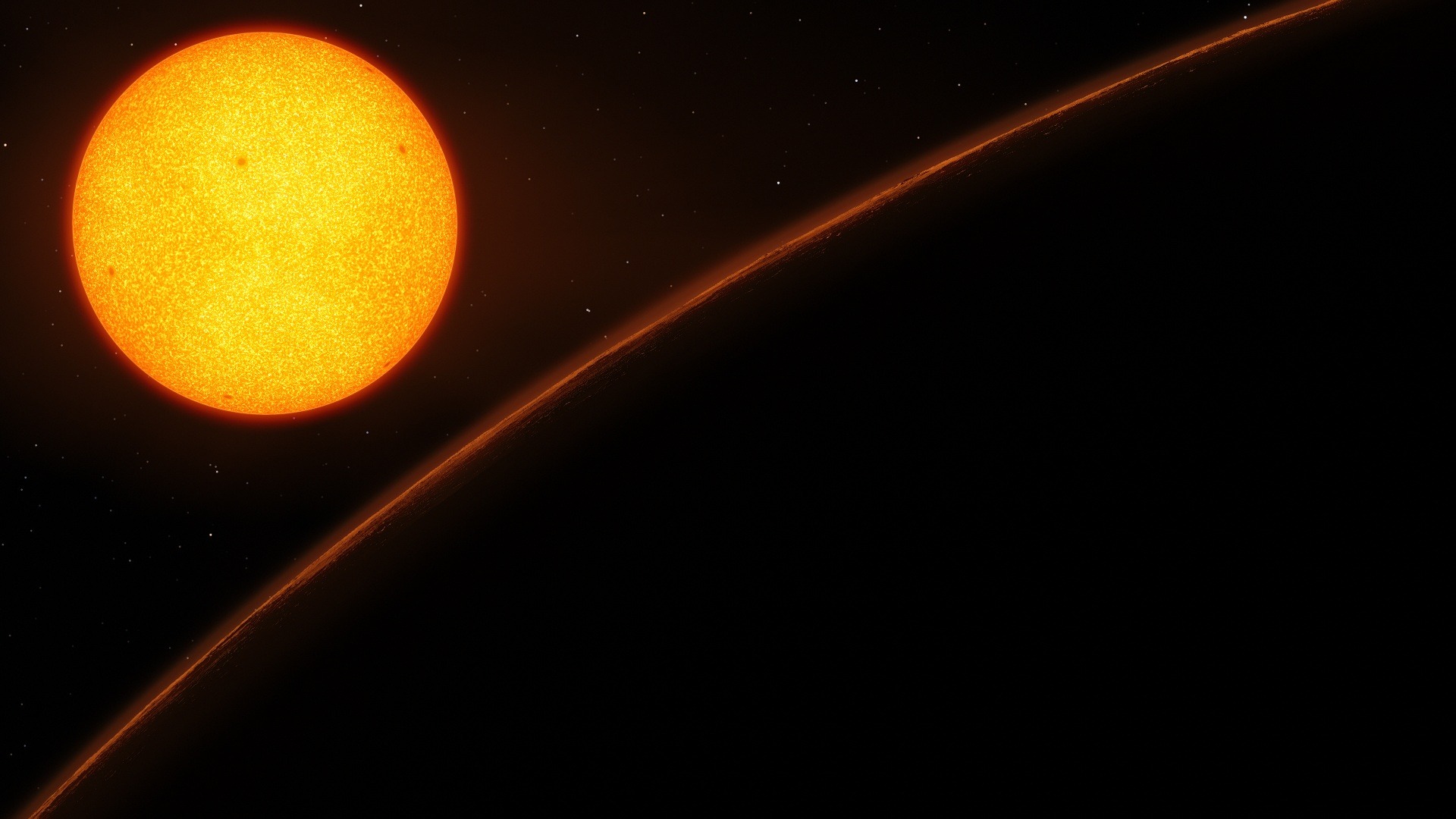Small, cool and sulfurous exoplanet may help write recipe for planetary formation
https://news.wisc.edu/small-cool-and-sulfurous-exoplanet-may-help-write-recipe-for-planetary-formation/
Watery planets orbiting dead stars may be good candidates for studying life—if they can survive long enough
https://phys.org/news/2024-06-watery-planets-orbiting-dead-stars.html
NGTS-30b/TOI-4862b: An ~1 Gyr old 98-day transiting warm Jupiter
https://www.aanda.org/articles/aa/full_html/2024/06/aa49307-24/aa49307-24.html
Fundamental effective temperature measurements for eclipsing binary stars – V. The circumbinary planet system EBLM J0608−59
https://academic.oup.com/mnras/advance-article/doi/10.1093/mnras/stae1434/7693153
Buoyancy torques prevent low-mass planets from stalling in low-turbulence radiative disks
https://academic.oup.com/mnras/advance-article/doi/10.1093/mnras/stae1478/7693138
The CUISINES Framework for Conducting Exoplanet Model Intercomparison Projects, Version 1.0
https://arxiv.org/abs/2406.09275
High-resolution transmission spectroscopy of warm Jupiters: An ESPRESSO sample with predictions for ANDES
https://arxiv.org/abs/2406.08558
Constraints on the formation history and composition of Kepler planets from their distribution of orbital period ratios
https://arxiv.org/abs/2406.08794
A formation pathway for terrestrial planets with moderate water content involving atmospheric-volatile recycling
https://arxiv.org/abs/2406.09186
Probing atmospheric escape through metastable He I triplet lines in 15 exoplanets observed with SPIRou
https://arxiv.org/abs/2406.09225
Different Planetary Eccentricity-Period (PEP) Distributions of Small- and Giant-Planets
https://arxiv.org/abs/2406.09337
More Likely Than You Think: Inclination-Driving Secular Resonances are Common in Known Exoplanet Systems
https://arxiv.org/abs/2406.09359
What no one has seen before: gravitational waveforms from warp drive collapse
https://arxiv.org/abs/2406.02466

